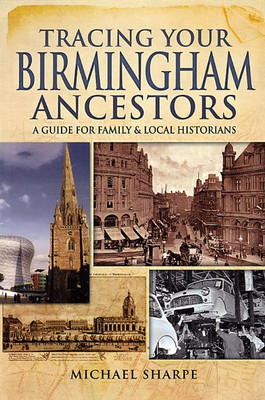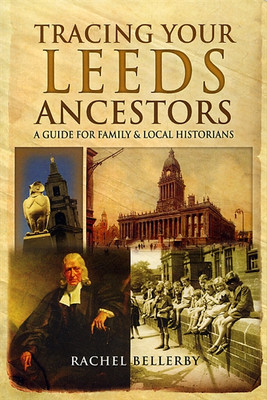Tracing Your Ancestors Through the Equity Courts: A Guide for Family and Local Historians
Pen & Sword
- SKU:
- PNS356
- Availability:
- Special order 3-5 weeks
Media: BOOK - paperback, 224 pages
Author: S. Moore
Year: 2017
ISBN: 9781473891661
Other: b&w photos, maps, glossary, bibliog, index
Publisher: Pen & Sword
The records of the Courts of Equity, which dealt with cases of fairness rather than law, are among the most detailed, extensive and revealing of all the legal documents historians can consult, yet they are often neglected.
Susan Moore's expert introduction to them opens up this fascinating source to researchers who may not be familiar with them and don't know how to take advantage of them.
As she traces the purpose, history and organization of the Courts of Equity from around 1500 to 1876, she demonstrates how varied their role was and how valuable their archives are for us today. She covers the Courts of Chancery, Exchequer, Star Chamber, Requests, Palatinates and Duchy of Lancaster in clear detail. Her work shows researchers why their records are worth searching, how to search them and how many jewels of information can be found in them.
This introduction will be appreciated by local, social and family historians who are coming to these records for the first time and by those who already know of the records but have found them daunting.
Contents
List of Illustrations
Preface
1. Background
- What are the Courts of Equity?
- Further Reading
- Dormant Funds and Money in Chancery
- Who Should Look at theses Records?
- Helpful Prior Knowledge
- Overview of the Documents
- The Best Periods to Search
- Lawyers and the Inns of Chancery
2. Why Look at the Courts of Equity?
- What Sort of Information Might be Found in Bills and Answers?
- What Sort of Information Might be Found in a Bundle of Deposition?
- How Helpful are the Equity Court Records for Establishing the Origins of Emigrants?
- Is it Worth Looking? What Sort of People had Cases Heard in a Court of Equity?
- Why Did Someone Take a Case to an Equity Court?
- Geographical Jurisdiction of the Courts of Equity
- The Costs of Bringing a Case
- Medieval and Early Modern History
3. The Records
- What Records Look Like Physically
- What Language are Records Written in and How Difficult is the Palaeography
- A Detailed Look at the Documents
4. The Indexes
- Before Coming to The National Archives
- Chancery Calendars and Indexes Before 1876
- Exchequer Court Calendars and Indexes
- Court of Requests Calendars and Indexes
- Court of Duchy of Lancaster Calendars and Indexes
- Court of Palatinate of Lancaster Calendars and Indexes
- Court of Palatinate of Chester Calendars and Indexes
- Court of Palatinate of Durham Calendars and Indexes
- Court of Chancery After 1876
5. Sample Cases
- Loans and Debts
- Probate Dispute
- Probate Dispute in the Courts of Requests
- Another Probate Dispute
- Marriage Settlement and Annuity
- Managing Property from Afar
- Merchants and Mariners
- Trades and Tradesmen
- American Connection
- Field Names
- Former Monastic Lands
- Stopping Up a Footpath
6. Case Study: Jane Austen Connection
- The Schedules
- Genealogical Information
- The Will
- Timeline of the Important Events
- Local History
- Social History
- Literary Interest
- Summary
Glossary
- The Documents
- The People
- The Courts of Equity
- The Common Law Courts
- The Indexes
Select Bibliography
Notes
Index
Related Products

 AUD
AUD
 USD
USD
 NZD
NZD
 GBP
GBP
 Euro
Euro













